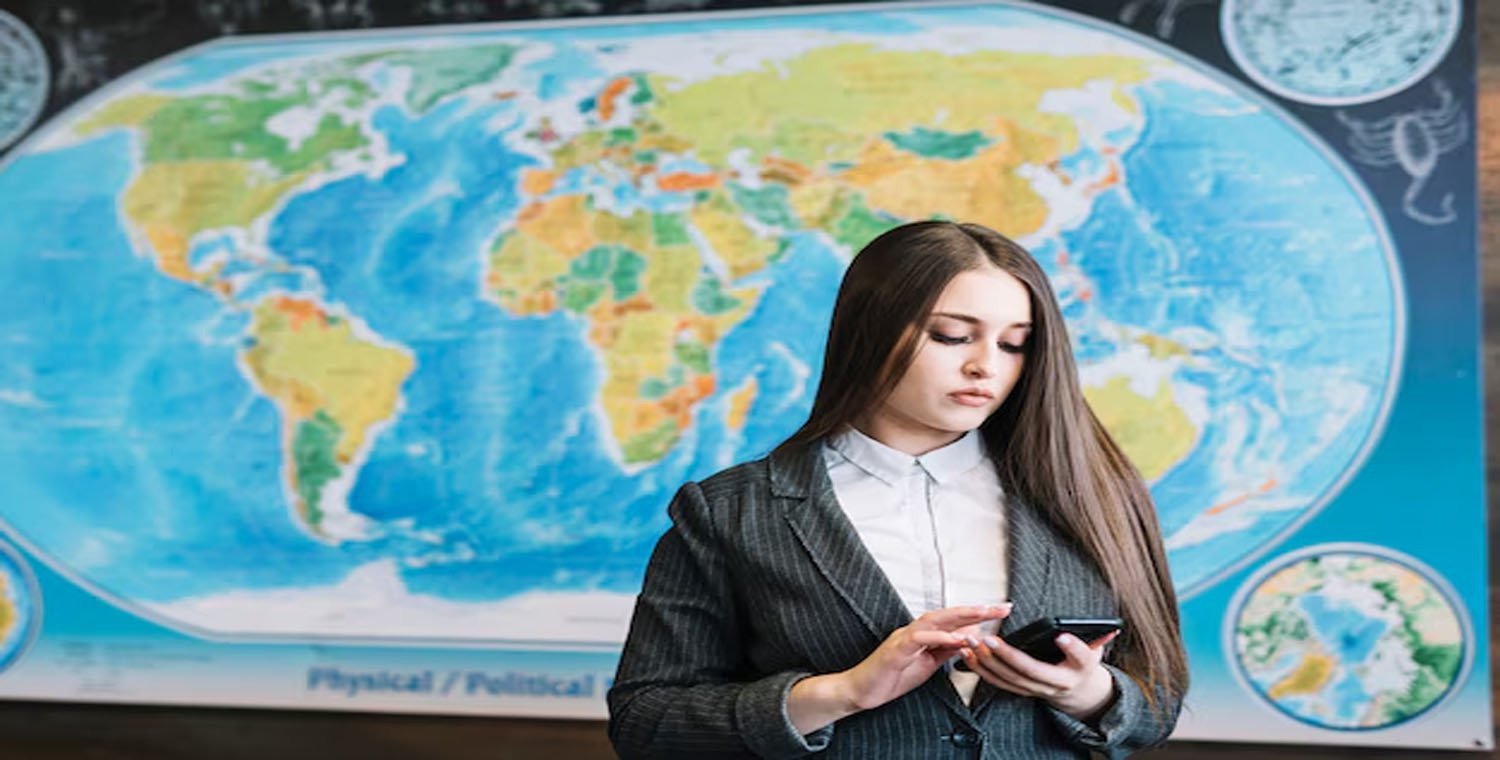In today’s rapidly globalizing world, communication between people of different languages and cultures has become more crucial than ever. This is where the concept of “going traduction“ comes into play. The phrase may not be widely recognized in everyday speech, but it has a deep significance when discussing the process of translation and the vital role it plays in connecting diverse communities, industries, and people.
Going traduction can be seen as the evolving journey of translation from a mere linguistic process to a powerful tool for cross-cultural exchange. In this article, we will explore the meaning of going traduction, the history and importance of translation, the challenges translators face, and how this process is reshaping global communication, business, and cultural exchange.
What Does “Going Traduction” Mean?
At its core, “going traduction” refers to the act or process of translating from one language to another — but with a deeper implication. The phrase suggests more than just a mechanical conversion of words or phrases. It embodies the idea of going beyond translation, of capturing the essence, context, and cultural nuances of a message while making it accessible and relevant to a different audience.
While traduction is the French word for translation, going traduction implies a fluid and dynamic approach to translation. It underscores the importance of cultural sensitivity, the ability to adapt ideas to local contexts, and the recognition that translation is more than just a linguistic exercise — it is an act of intercultural communication. This concept can be particularly relevant in fields like literature, international business, diplomacy, and technology, where the stakes of translation are high, and accuracy, tone, and context are paramount.
The Evolution of Translation: A Brief History
Translation as a practice dates back thousands of years. Ancient civilizations, including the Sumerians, Egyptians, and Greeks, used translation to communicate across languages, trade goods, and share knowledge. One of the earliest examples of translation comes from the Rosetta Stone, a decree issued in 196 BC that was written in three scripts: Egyptian hieroglyphs, Demotic script, and Ancient Greek. This monumental discovery allowed linguists to decode the Egyptian script and opened a new chapter in our understanding of ancient languages.
Over the centuries, translation evolved as a central activity for religious, academic, and diplomatic purposes. The Bible’s translation into various languages, for example, has been a pivotal moment in world history, as it allowed Christian teachings to spread across Europe, Asia, and beyond. Similarly, the translation of classical texts into Latin, Arabic, and later into modern European languages, helped preserve and disseminate knowledge from ancient Greece and Rome.
However, translation was not always seen as a simple conversion of words. Early translators often faced the dilemma of whether to prioritize literal translation (word-for-word) or dynamic translation (sense-for-sense). In many cases, they had to balance linguistic precision with the need to adapt texts to make them understandable and relevant in different cultural contexts.
The Role of Translation in Modern Society
In today’s globalized world, translation is more than just a bridge between languages — it is an essential tool for communication, understanding, and collaboration across cultures. Here are some of the key areas where translation plays a vital role:
1. Business and Global Commerce
With businesses expanding into new international markets, effective translation has become crucial for success. Whether it’s marketing materials, product manuals, or website content, companies must ensure that their messages are accurately conveyed to consumers in different countries. This requires more than just a direct translation; it involves adapting the message to suit local cultures, preferences, and idiomatic expressions.
A company that “goes traduction” effectively knows how to communicate its brand, products, and services in a way that resonates with local audiences while maintaining a consistent global identity. For example, a marketing campaign that works well in the U.S. may need to be significantly modified to work in Japan or Brazil, not only because of language differences but because of cultural nuances and values.
2. Diplomacy and International Relations
In diplomacy, precise translation is crucial for negotiations, treaties, and communications between nations. Even slight mistranslations or misunderstandings can lead to serious consequences, including diplomatic tensions or conflicts. “Going traduction” in diplomacy means not just translating words, but understanding the context, tone, and cultural significance behind them.
In this arena, interpreters and translators play a key role in ensuring that international dialogue remains constructive and that important messages are conveyed accurately. This is particularly important in high-stakes environments such as the United Nations or international trade agreements, where the margin for error is minimal.
3. Technology and Software Localization
In the world of technology, software and app developers must localize their products for different linguistic and cultural markets. This process involves translating software interfaces, user manuals, and even code to ensure that the product feels native to users in different regions.
Going traduction in technology is not just about translating text, but also about adapting the user experience (UX) to fit cultural expectations. For instance, colors, symbols, and images that are acceptable in one country might carry a completely different meaning in another. A mobile app designed for the U.S. market might need to undergo extensive localization before being released in China or the Middle East.
4. Literature and Cultural Exchange
In literature, translation can open up new worlds for readers who otherwise would not have access to foreign works. Whether it’s the classics of world literature or contemporary novels, going traduction in literature means more than just converting words; it involves capturing the voice, style, and cultural context of the original text. Translators must be able to preserve the author’s intent while making the work accessible to a new audience.
A famous example of this is the translation of Gabriel García Márquez’s novel One Hundred Years of Solitude from Spanish to English. The English translation by Gregory Rabassa was highly praised for its ability to capture the magic realism of the original, while making the story accessible to English-speaking readers.
5. Healthcare and Medical Translation
In the healthcare sector, accurate translation can be a matter of life and death. Medical documents, patient records, drug labels, and consent forms all need to be translated with the utmost accuracy. Medical professionals who treat non-native speakers rely on precise translations to ensure they understand patient symptoms, histories, and needs. Misunderstandings due to poor translation can lead to misdiagnoses, incorrect treatments, and even harm.
6. Media and Entertainment
From film subtitles and video games to advertising and social media content, translation plays a huge role in the global reach of media and entertainment. Going traduction in the entertainment industry means adapting content to different cultures while maintaining its original appeal. This is particularly challenging in comedy, where jokes or references may not translate directly across languages. The goal is to make the audience in another country laugh in the same way the original audience did.
The Challenges of Translation
While translation plays a vital role in global communication, it is far from simple. Translators face numerous challenges when going traduction, including:
1. Cultural Differences
One of the biggest challenges in translation is cultural adaptation. Certain phrases, idioms, or references that work in one language may not have a direct equivalent in another. For example, the English phrase “It’s raining cats and dogs” may be perplexing for someone who speaks a language that doesn’t use animal imagery to describe heavy rain. In such cases, translators must find ways to convey the same meaning, using equivalent expressions that make sense in the target language.
2. Maintaining Tone and Nuance
Beyond the literal translation of words, translators must consider the tone and style of the original text. In literature, for instance, it is essential to preserve the tone, rhythm, and nuances of the original work. A translator must often walk a fine line between staying true to the author’s voice and making the text readable in another language.
3. Legal and Ethical Issues
In legal and medical contexts, errors in translation can lead to serious consequences. A mistranslated contract could result in legal disputes, while inaccurate medical translation could endanger a patient’s health. Therefore, precision is paramount, and professional translators working in these fields must adhere to strict ethical guidelines and possess specialized knowledge of the subject matter.
The Future of “Going Traduction”
The future of translation is incredibly exciting. Technological advances, such as machine translation (e.g., Google Translate) and artificial intelligence, have revolutionized the field, making translation faster and more accessible. However, these tools still cannot fully replace human translators, especially when it comes to capturing the subtlety, nuance, and cultural depth of language.
As the world becomes even more interconnected, the demand for high-quality translation will continue to grow. Going traduction will require a combination of human expertise, advanced technology, and cultural sensitivity to ensure that communication remains seamless across linguistic and cultural borders.
Conclusion
Going traduction is not just about converting words from one language to another; it is about bridging cultural gaps, fostering understanding, and facilitating global communication. Translation is a powerful tool that enables people from diverse backgrounds to share knowledge, ideas, and experiences. As the world continues to become more interconnected, the role of translation — and the concept of going traduction — will only grow in importance, making it one of the most vital skills in a globalized society.




